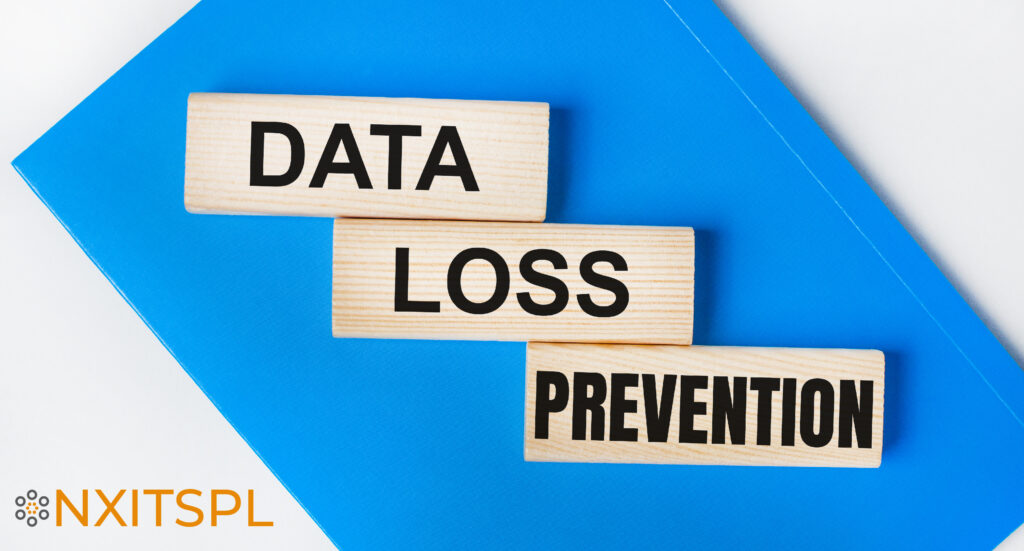In today’s data-driven world, when businesses are evolving and growing, data migration is a crucial procedure. Effective data migration is crucial to guarantee that important data is saved and accessible, whether you are migrating data to a new system, upgrading your infrastructure, or consolidating databases. It is essential to adhere to data migration best practices to make the process run more smoothly and reduce risk.
- Planning and Strategy: The foundation of successful data migration is meticulous planning – defining your goals, scope, and objectives. Understand the data you’re migrating, its importance and then develop a comprehensive strategy that includes timelines, resource allocation, and risk assessment.
- Data Profiling and Cleansing: Examine your data’s consistency and quality before migrating. Find all duplicate data, inaccuracies, and contradictions. This can help avoid problems later. Before moving data, make a backup as well. The data can be restored from the backup if something goes wrong during migration and it is lost.
- Select the Right Tools: Choose migration tools and software that align with your requirements. Ensure they offer features like data validation, error handling, and logging to monitor the process.
- Testing and Validation: Rigorous testing is essential to mitigate risks. Run test migrations, check the outcomes, and ensure that data integrity is upheld.Verify the data in the new system matches that in the source system after migration.
- Data Mapping: Create a detailed data mapping document that outlines how data elements from the source system will be transformed and loaded into the target system. This is crucial for preserving data relationships.
- Communication and Training: Keep stakeholders informed about the migration process. Train end-users on the new system and data access procedures to minimize disruptions.
- Documentation: Maintain comprehensive documentation throughout the migration process.
- Data Security: Prioritize data security during migration. Encrypt sensitive data, restrict access, and implement strong authentication measures.
- Monitoring and Optimization: Continuously monitor the migration process and system performance. Improve data migration procedures in response to user feedback and performance indicators.
In conclusion, successful data migration relies on thorough planning, careful execution, and constant vigilance. By adhering to these best practices and more, businesses can minimize the risks associated with data migration and ensure a seamless transition to new systems or platforms.
For your own System Integration, Migration & Implementation Services, Enterprise IT Support, Passive IT Solutions, Cyber Security & Technology Consulting, reach out to us at yogeshwar.p@nxitservices.com or contact us on https://nxitservices.com/contact/
#ActiveDirectory #CyberSecurity #NXITServices #CIOKlub#AI#NAC #Datamigration #Technology migration #datamining
